
800 VDC Architectures Will
Why AI Data Centers Are Moving to 800 VDC Power Architectures How
Learn More →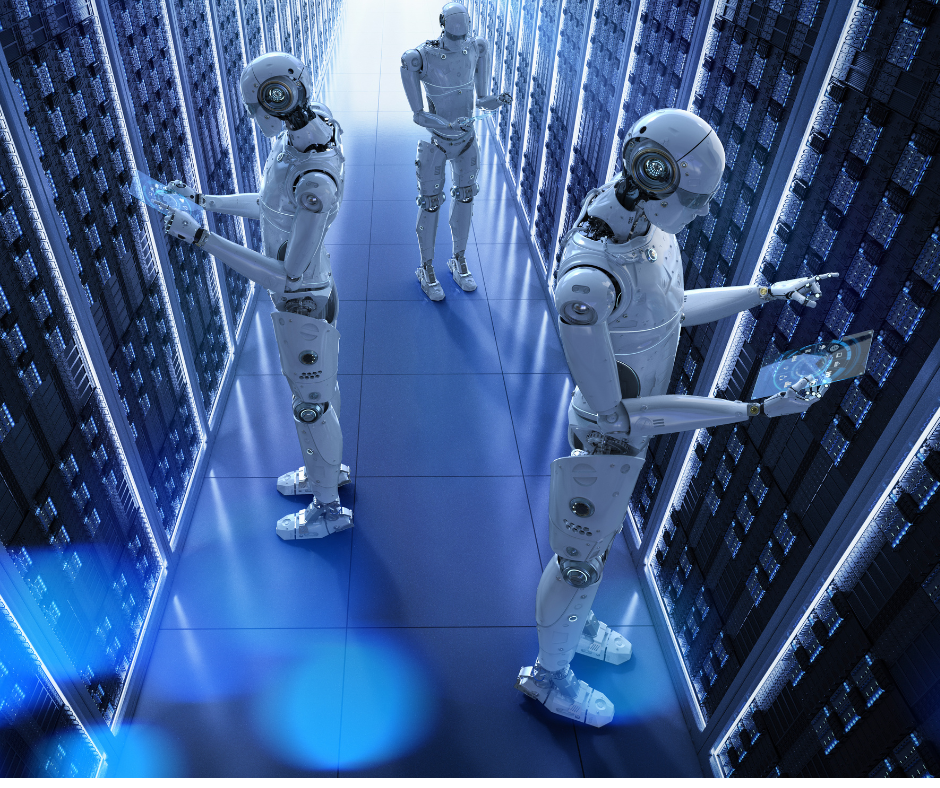
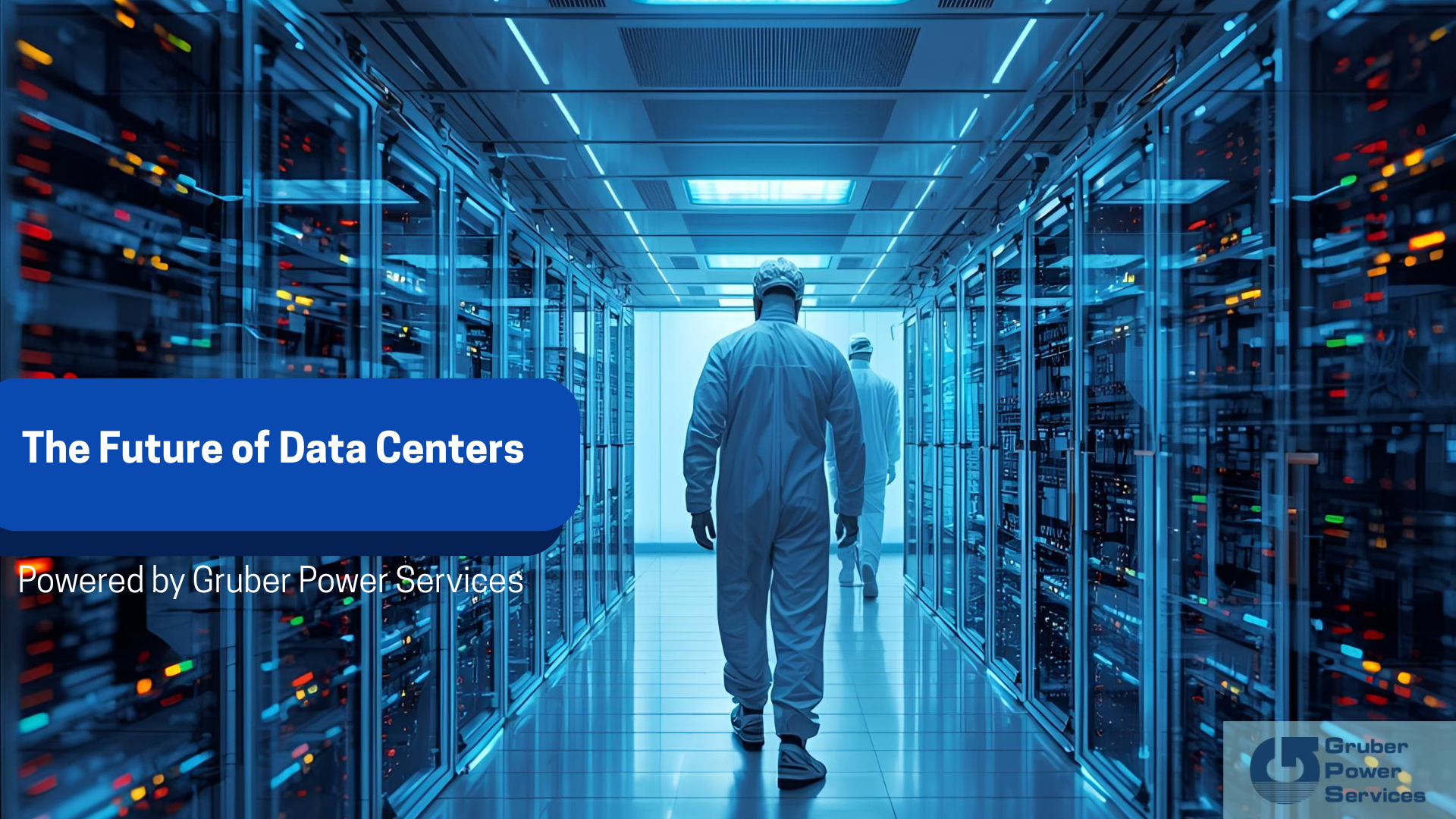
The year 2025 marks a turning point for the global data center industry. What was once considered a backend utility is now the backbone for AI, cloud computing, and digital transformation. From streaming services to AI models, nearly every application we rely on has a vast digital infrastructure that continues to grow in both scale and complexity. As demand for AI accelerates, companies are seeking energy-efficient, intelligent, and future-ready systems that can handle massive data growth. Here are some of the key trends shaping data centers in 2025 and what to look forward to.
Artificial intelligence is rapidly transforming industries. As the demand for AI workloads such as generative AI and large-scale model training continues to rise, data centers require significantly more computing power than traditional applications. To meet this demand, operators are adopting several key strategies.
Increased Computing Power: Modern GPU Clusters (Graphics Processing Units) deliver the performance needed for AI but are far denser and generate more heat than standard servers.
High Rack Intensity: To support powerful GPUs, data centers are packing more equipment into each rack, which drives higher power consumption and heat output.
Specialized Infrastructure: Hyperscalers are heavily investing in designing and expanding facilities purpose-built for AI, featuring advanced cooling systems, enhanced power delivery, and high-speed networking to support intensive AI workloads.
As the demand for data centers grows, so does the need for effective cooling systems to manage the immense heat generated by servers. Traditional methods, such as evaporative cooling, can consume more than a million liters of water per day, an approach that raises sustainability concerns and risks leading to water scarcity. Air-cooling is another conventional method, but it often falls short in handling the extreme heat output of GPU clusters and AI workloads.
This is where liquid cooling comes in. Instead of relying solely on air, liquid cooling uses water or specialized coolants to absorb and remove heat from the servers.
One of the most common methods being adopted in new AI-driven data centers, such as Microsoft’s massive facility, which is in Wisconsin and scheduled for completion in 2026, is a closed-loop liquid cooling system.
In a closed-loop setup, the cooling fluid circulates in a sealed system, preventing evaporation or fluid loss. The liquid absorbs heat from the servers, moves through a heat exchanger, and is cooled again using chillers or a fan before being recirculated. This process is like how a car radiator works. This method eliminates water waste drastically, provides consistent cooling, and supports high-density GPUs and AI workloads.
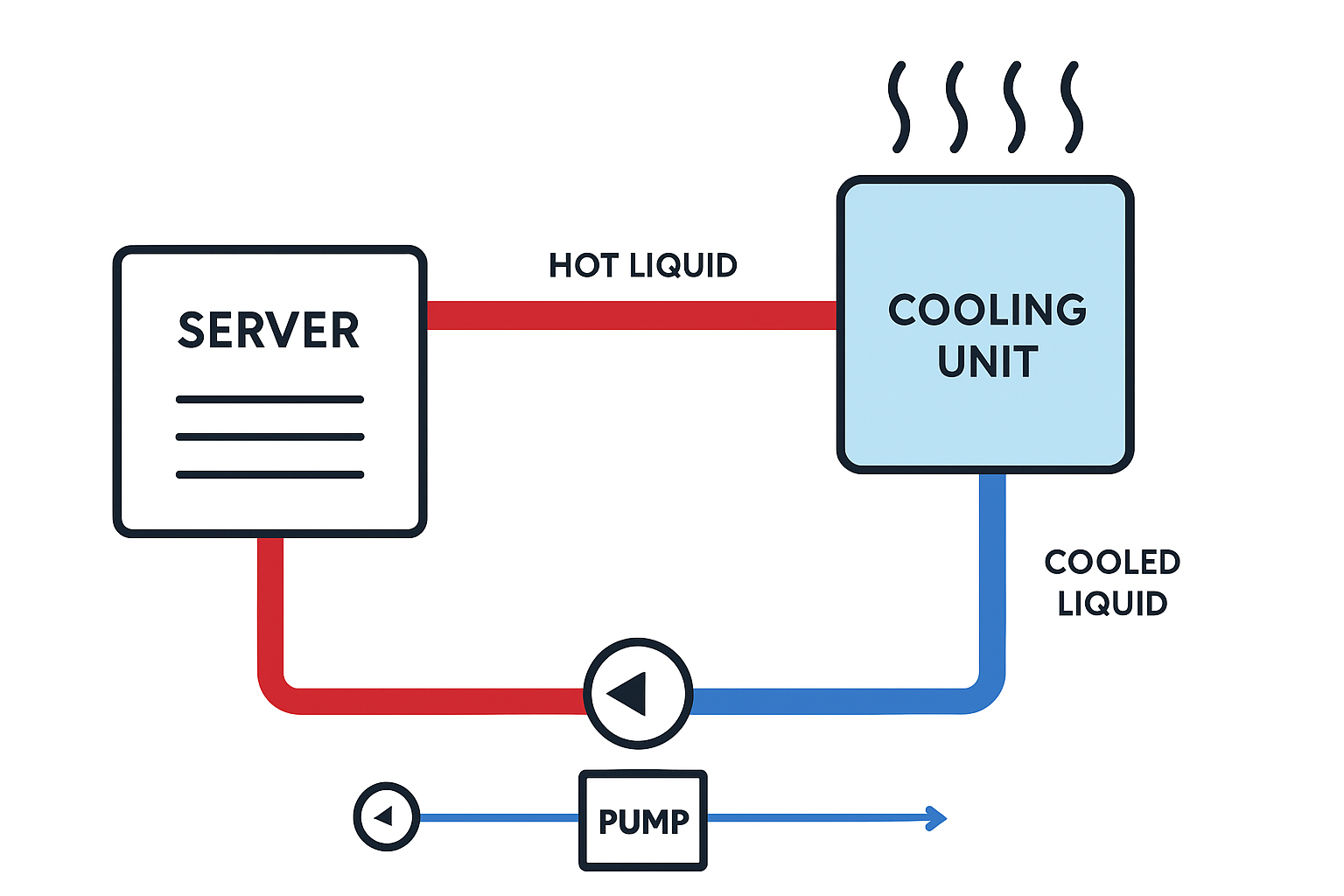
Another emerging approach is an immersion cooling system, where servers, GPUs, and other power equipment are submerged in a thermally conductive but electrically nonconductive liquid or a dielectric fluid. There are two types: single-phase immersion cooling and two-phase immersion cooling.
Single-Phase Immersion Cooling: The fluid absorbs the heat and remains in liquid form.
Two-Phase Immersion Cooling: The fluid changes its state (boils into vapor and then condenses back to liquid again), enabling highly efficient heat transfer.
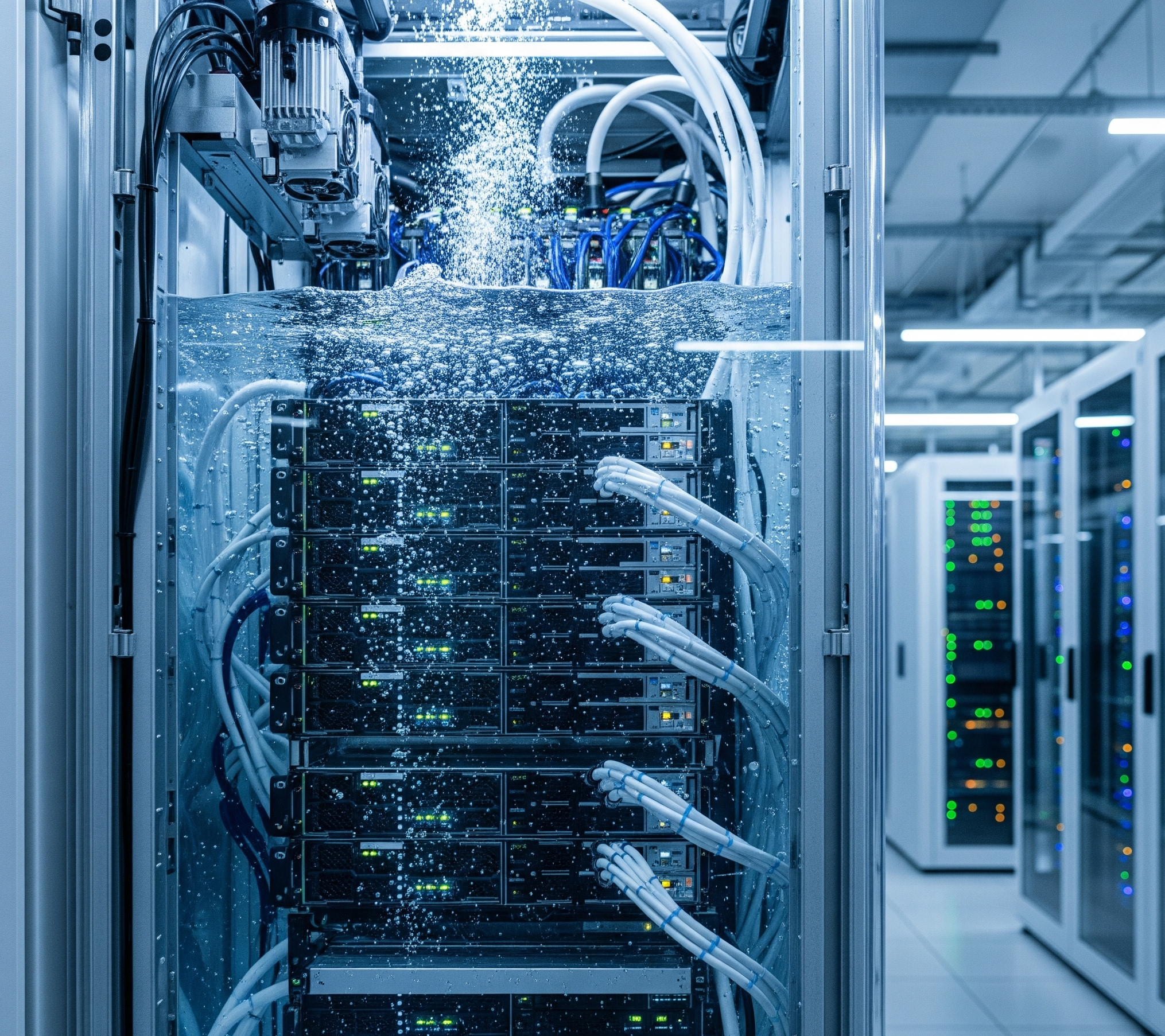
Data centers are under increasing pressure to go beyond simply purchasing carbon offsets. Stakeholders now expect the operators to demonstrate real progress towards achieving net-zero emissions. Instead of relying solely on carbon credits, many data centers are moving towards hourly renewable energy matching. Ensuring that the electricity powering their servers comes from clean, verifiable sources in real time.
To achieve this, operators are moving into direct power purchase agreements (PPAs) with wind and solar providers, which not only adds new renewable capacity to the grid but also makes their carbon reporting more transparent. At the same time, maintaining reliability and cost efficiency remains critical. To balance these needs, modern facilities are incorporating technologies like battery storage, hydrogen fuel cells, and advanced grid connections to ensure a continuous, clean power supply.
Emerging technologies such as IoT, AR/VR, and real-time analytics require instant responsiveness, and that’s where edge data centers come in. Unlike massive, centralized facilities, edge data centers are smaller sites located closer to where data is being generated. This allows for a lower latency rate, which can help to process the information faster. These edge facilities are not replacing these massive hyperscale data centers but help to complement them. While the hyperscale hubs continue to handle large-scale storage and heavy processing, these edge sites will take care of time-critical computations and local traffic. This hybrid infrastructure ensures seamless performance for applications that require split-second decisions.
The UPS system and batteries are more than just a backup power source. Today, they play a bigger role in overall energy management by storing excess electricity when demand is low and releasing it when demand spikes. This not only helps prevent outages but also supports grid stability and keeps critical operations running smoothly.
As data centers take on increasingly complex tasks and workloads, managing everything manually is no longer realistic. That’s where the use of automation comes into play. Machine learning tools can predict when any equipment might fail or require maintenance, reducing downtime and costly surprises. AI-driven monitoring also strengthens security by detecting potential threats faster than a human operator. By integrating intelligent automation, data centers can achieve smoother operations, fewer disruptions, lower costs, and greater overall efficiency.
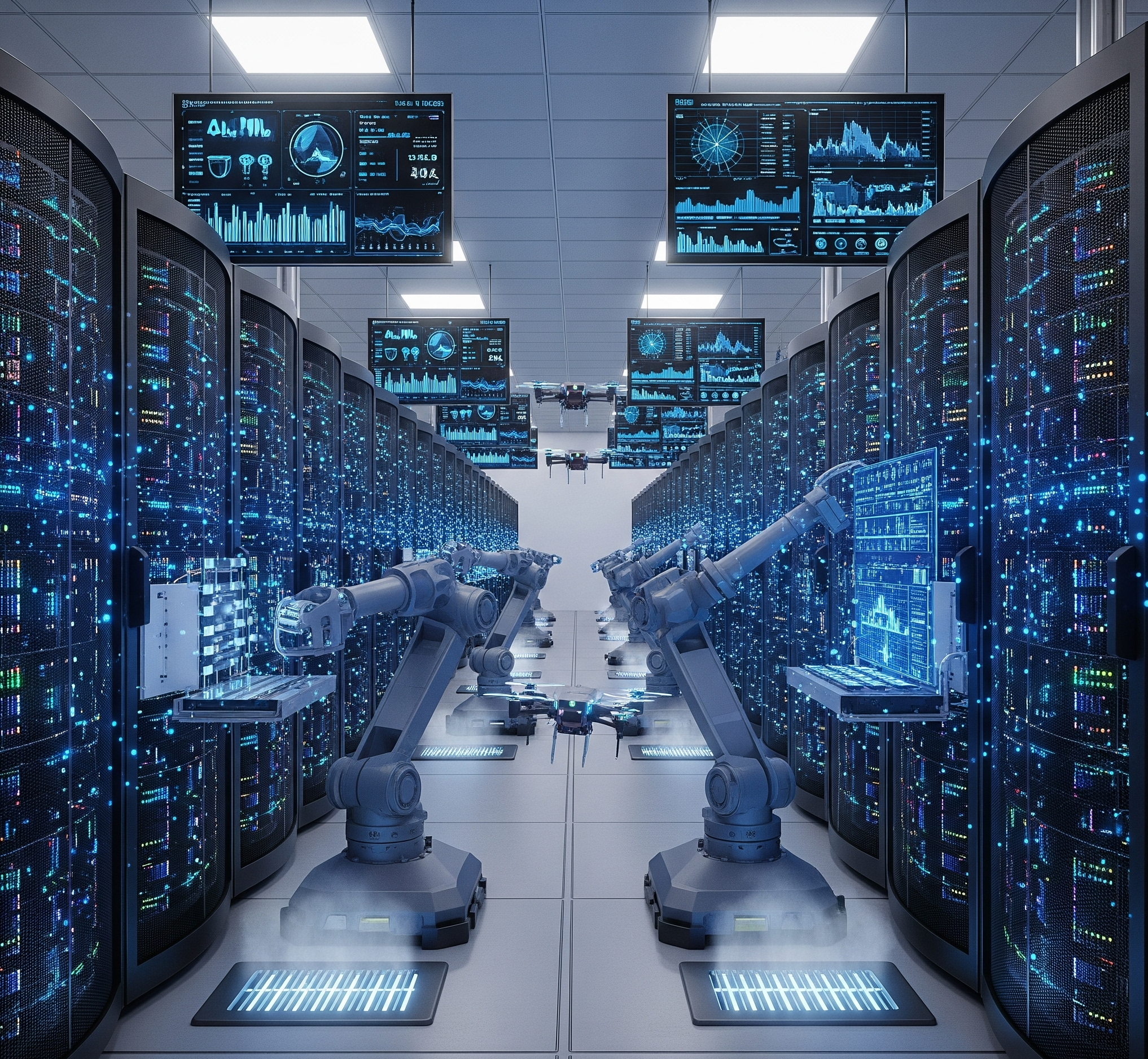
2025 and the years ahead mark a new era for data centers. Waterless cooling and closed-loop cooling, AI-driven demand, edge growth, and resilient energy strategies will continue to evolve, reshaping how facilities are built, powered, and maintained. Operators who plan proactively and invest in long-term power, cooling, and sustainability solutions will stay ahead of the curve.
Gruber Power Services is here to help every step of the way. From UPS system maintenance to advanced energy storage integration and reliable power strategies, we provide the expertise and support needed to keep your data center resilient today and for the future. Contact Gruber Power Services at 800.658.5883 or 602.863.2655 to position your facility for what’s next.
Why AI Data Centers Are Moving to 800 VDC Power Architectures How
Learn More →Choosing a Mission-Critical Power Service Provider in 2025 Updated and adapted for
Learn More →UPS Fans When people think about uninterruptible power supplies (UPS systems), they
Learn More →